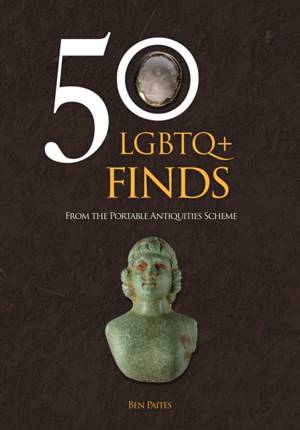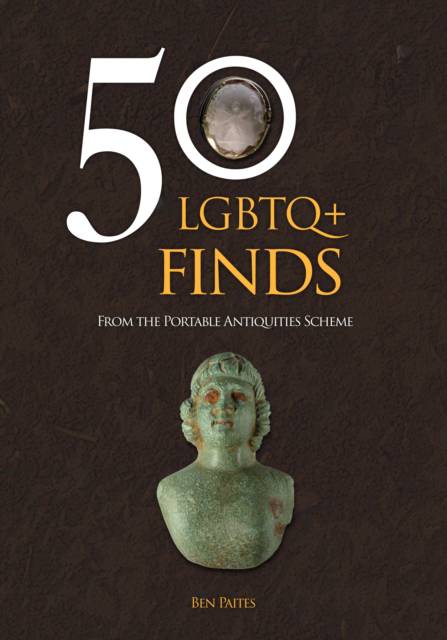
- Afhalen na 1 uur in een winkel met voorraad
- Gratis thuislevering in België vanaf € 30
- Ruim aanbod met 7 miljoen producten
- Afhalen na 1 uur in een winkel met voorraad
- Gratis thuislevering in België vanaf € 30
- Ruim aanbod met 7 miljoen producten
Zoeken
50 LGBTQ+ Finds from the Portable Antiquities Scheme
From the Portable Antiquities Scheme
Ben Paites
€ 22,45
+ 44 punten
Omschrijving
The LGBTQ+ community is made up of a range of different sexualities and gender expressions. Although the terms we use to categorize this diversity did not exist in the past, that doesn't mean that diversity didn't exist. Some historical figures we know had same sex relationships, while others did not follow the gender norms of the day. Symbols that are used by the LGBTQ+ community can be found in the past, though their use and meaning might have changed over time. This book explores themes relating to LGBTQ+ life and history, using objects found by members of the public and recorded with the Portable Antiquities Scheme. From a coin of the Roman Emperor Hadrian to a small lead bear toy, this book also covers the rich depth of history and range of objects that can be seen on the PAS database.
Specificaties
Betrokkenen
- Auteur(s):
- Uitgeverij:
Inhoud
- Aantal bladzijden:
- 96
- Taal:
- Engels
- Reeks:
Eigenschappen
- Productcode (EAN):
- 9781398122116
- Verschijningsdatum:
- 21/10/2025
- Uitvoering:
- Paperback
- Formaat:
- Trade paperback (VS)
- Afmetingen:
- 165 mm x 235 mm
- Gewicht:
- 302 g

Alleen bij Standaard Boekhandel
+ 44 punten op je klantenkaart van Standaard Boekhandel
Beoordelingen
We publiceren alleen reviews die voldoen aan de voorwaarden voor reviews. Bekijk onze voorwaarden voor reviews.











